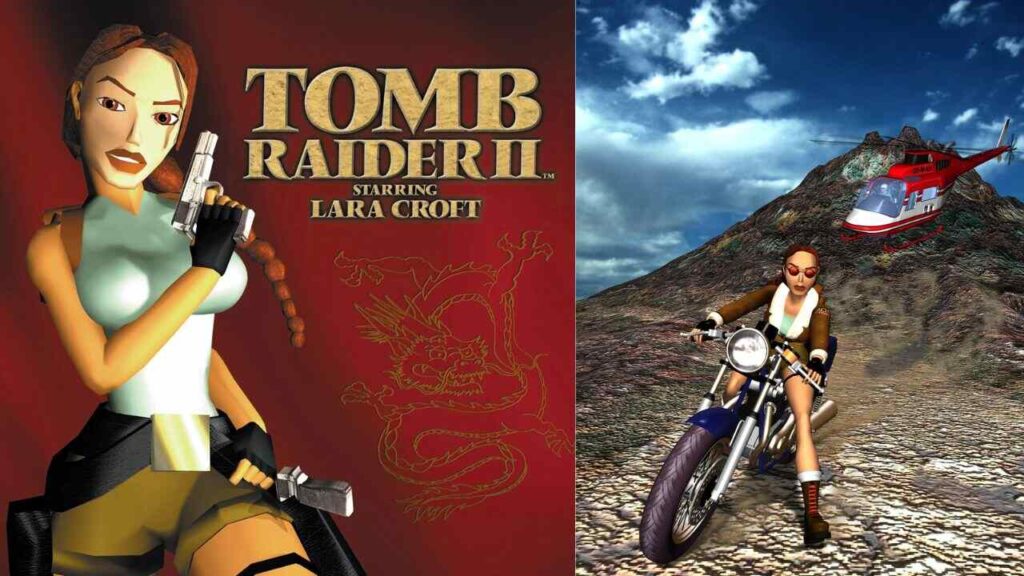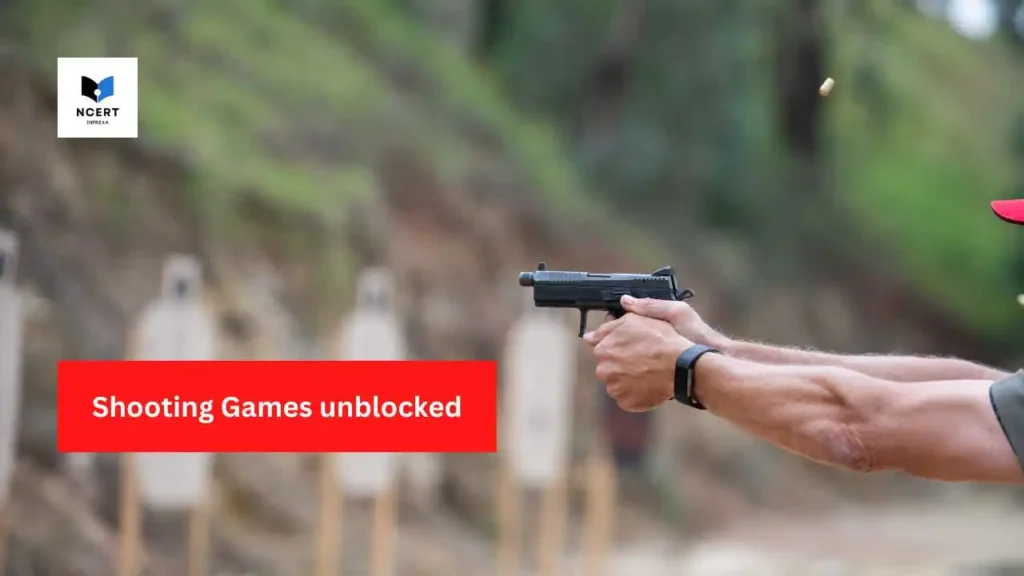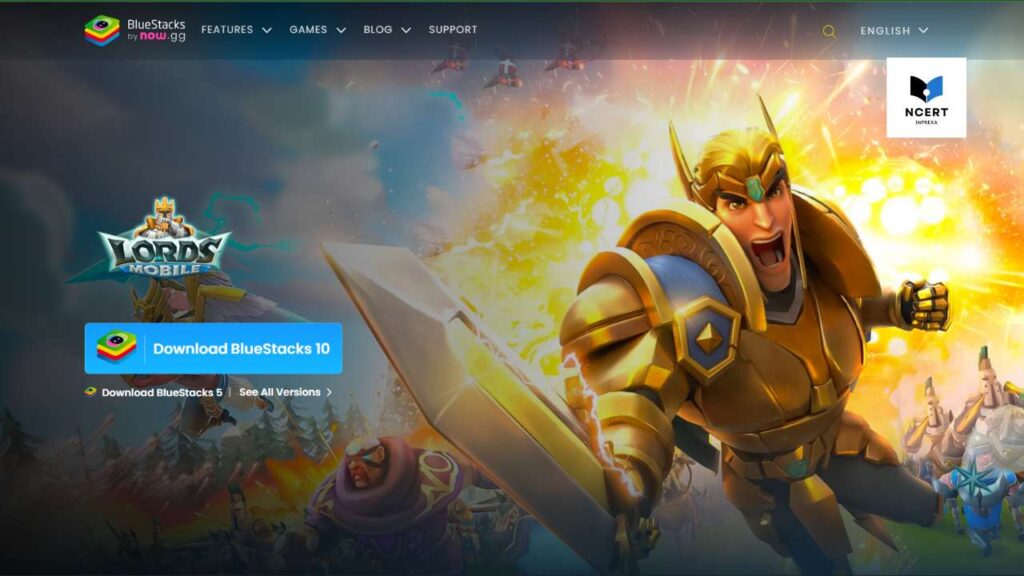Tomb Raider II: Starring Lara Croft (1997), developed by Core Design and published by Eidos Interactive, is the second main entry in the action-adventure series. Released originally on Windows and PlayStation, the game follows archaeologist-adventurer Lara Croft in pursuit of the Dagger of Xian, a mythical Chinese artifact, while competing against the Italian cult Fiamma Nera, led by the antagonist Marco Bartoli.
The game was an immediate commercial triumph, ultimately selling 6.8 million copies worldwide, solidifying Lara Croft as a global icon and establishing the template for the 3D action-adventure genre.
Technical Context and Development Pressure
The production of Tomb Raider II was defined by extreme schedule compression, a crucial factor for understanding the final product’s complexity and technical foundation:
- Nine-Month Crunch: Development was completed in an unprecedentedly short period of six to nine months, immediately following the original game’s unexpected success. Team members later described this as a sustained “prolonged crunch” period, a workload that directly impacted the subsequent trajectory of the franchise.
- Engine Reliance: The team utilized the existing engine from the first Tomb Raider, focusing development efforts on tweaks and feature additions rather than a full rebuild. This strategy was necessary to meet the demanding annual release commitment.
- The Polygon Upgrade: Lara Croft’s in-game model received a significant technical makeover, utilizing nearly double the polygon count of the original model. This provided smoother animations and allowed for the successful implementation of the flowing ponytail that had been cut from the first game due to technical constraints.
- Creative Conflict and Departure: Series creator Toby Gard and designer Paul Douglas left Core Design early in the development cycle. Their departure was explicitly due to creative differences with the publisher and frustration over the accelerated commercialization and portrayal of the character.
- Platform Decisions: A planned Sega Saturn version was cancelled after Core Design cited the console’s technical limitations in handling the new, more detailed 3D graphics. Eidos subsequently signed a deal, making the series PlayStation exclusive until the year 2000.
Design Shifts and Gameplay Innovations
While retaining the familiar tank controls and grid-based platforming, TR2 introduced several mechanics that substantially altered the player experience:
- Combat Emphasis: The greatest shift was the focus on human antagonists (the Fiamma Nera) over wildlife. This increased the game’s difficulty and forced players to master the M16 rifle, shotgun, and grenade launcher, shifting the balance towards action in certain sections.
- Expanded Mobility: Key additions included the ability to climb designated surfaces (like ladders), wade through shallow water, and execute an essential 180-degree mid-air roll/turn, improving control during combat and platforming.
- Vehicular Gameplay: Levels in Venice and Tibet incorporated speedboats and snowmobiles, respectively. This addition was critical, as it enabled the creation of vast, open level sections that would have been too tedious to traverse solely on foot.
- Flares for Immersion: Flares were introduced to light up genuinely dark environments, which significantly enhanced the sense of isolation and atmosphere in deep tomb complexes.
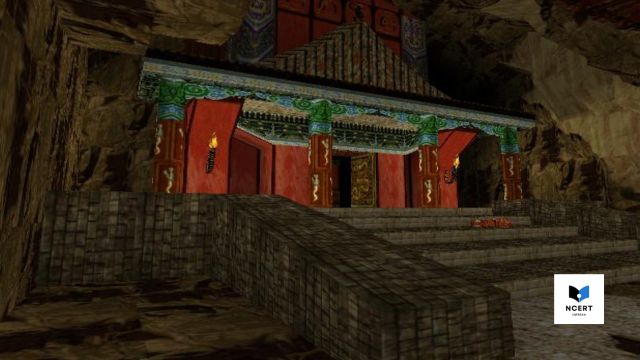
The “Corner Bug” and Speedrunning
A notable bug, known as the “corner bug,” allows Lara to rapidly fly upward when positioned correctly on a wall corner. This glitch, which allows players to skip substantial platforming sections, was known to the developers but left in the final code because fixing it would have required a global redesign of every level. Designer Neal Boyd intentionally placed a medipack reachable only by exploiting this glitch, a detail that maintains its importance for speedrunners today.
Audio and Enduring Legacy
- Audio Design: Composer Nathan McCree returned, creating a score that balanced orchestral, cinematic themes with atmospheric sound design. Judith Gibbins provided a new, pragmatic voice for Lara Croft, maintaining the character’s mysterious persona in marketing.
- Winston the Butler: The unintended ability to trap Winston the Butler in the freezer became an iconic community joke. This long-standing feature was officially recognized in the 2024 Remaster with an in-game achievement that triggers upon locking him in his frozen prison.
- The 2024 Remaster: Tomb Raider II, including The Golden Mask expansion, was re-released in the Tomb Raider I–III Remastered collection on February 14, 2024. This modern release provided critical quality-of-life updates, including the option to switch between original and revamped HD graphics and, most importantly, the integration of modern control schemes to address the dated tank controls.
- Current Edition (October 2025): Tomb Raider II, including The Golden Mask expansion, is currently available in the Tomb Raider I–III Remastered collection, released on February 14, 2024. This modern release provided critical quality-of-life updates, including the option to switch between original and revamped HD graphics and, most importantly, the integration of modern control schemes to address the dated tank controls. As of late 2025, this remastered package remains the definitive way to experience the original game.

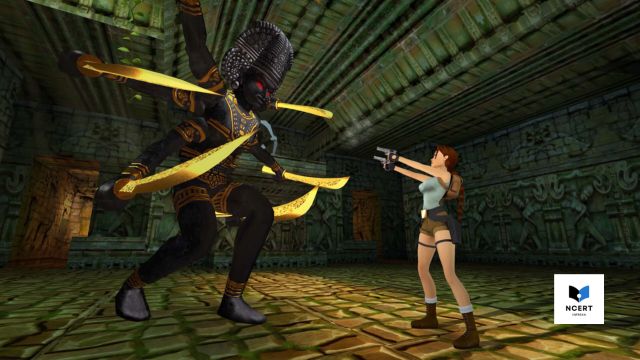
- Historical Context: The stress from the game’s short production cycle directly led some Core Design team members to attempt to kill off the character in the subsequent entry, Tomb Raider: The Last Revelation (1999), demonstrating the high cost of Eidos’s mandated annual release schedule.
